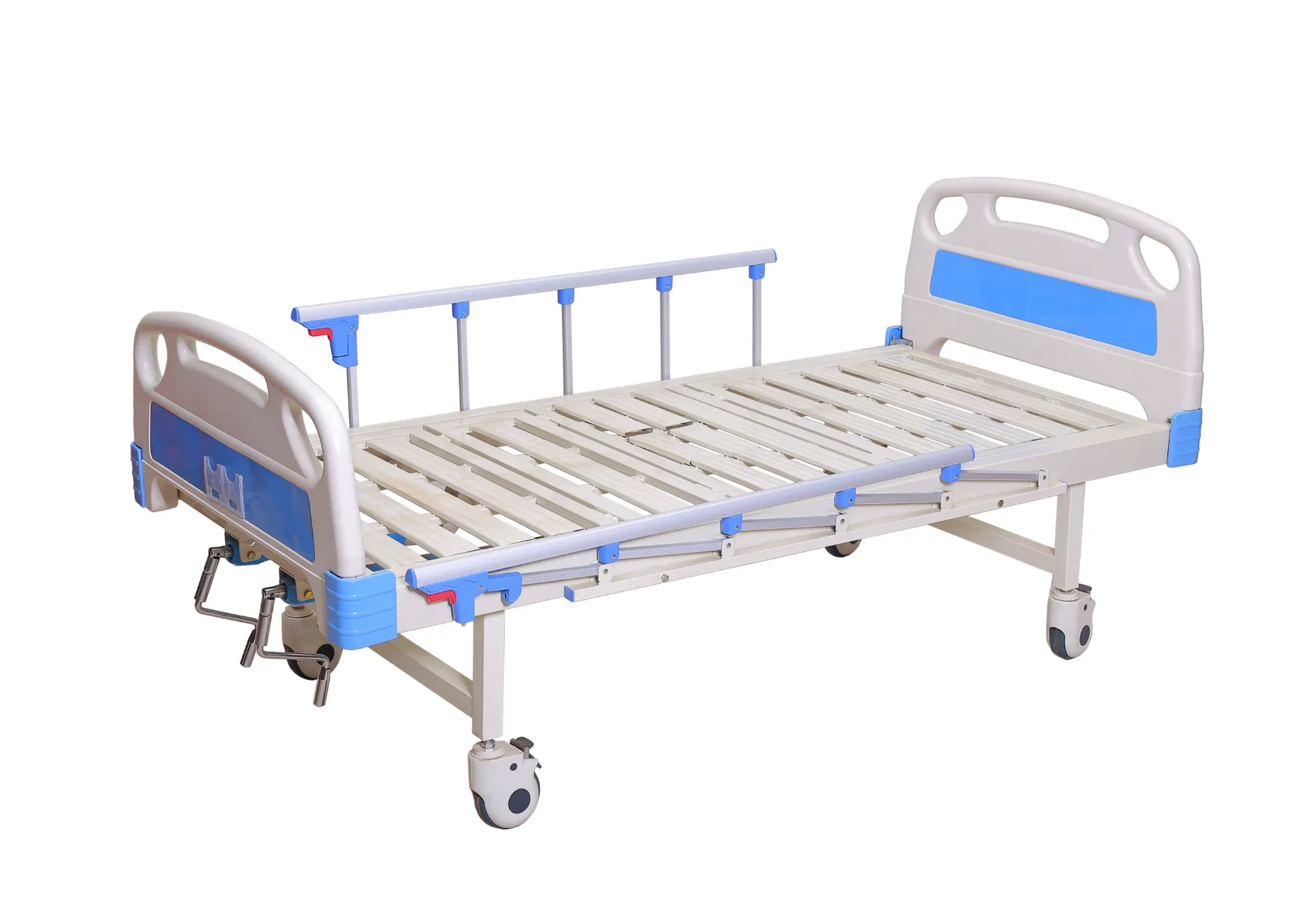Welcome to our websites!
crash cart for hospital
The Importance of Crash Carts in Hospitals
In the fast-paced environment of a hospital, every second counts, especially in emergency situations where patients may experience life-threatening conditions. One of the most critical components of a hospital's emergency response system is the crash cart. Understanding its significance, components, and the protocols surrounding its use can greatly improve patient outcomes during critical care situations.
What is a Crash Cart?
A crash cart, also known as an emergency cart or code cart, is a mobile unit that contains essential equipment and medications needed to respond to cardiac arrest or other emergencies. These carts are strategically placed throughout hospitals in areas that require immediate access to life-saving tools, such as emergency departments, surgical suites, and intensive care units.
Essential Components of a Crash Cart
A standard crash cart is stocked with a comprehensive array of supplies to facilitate rapid response in emergencies. Key components include
1. Defibrillator A crucial device used to restore normal heart rhythm during cardiac arrest. Modern crash carts are often equipped with automated external defibrillators (AEDs) that guide users through the process with audible prompts.
2. Medications The cart is stocked with emergency medications, including epinephrine, atropine, and various antiarrhythmics. These medications are vital for resuscitation and stabilization of patients in crisis.
3. Airway Management Tools Equipment such as endotracheal tubes, bag-mask devices, and suction devices are included to secure and maintain the airway of a patient who may be unable to breathe on their own.
crash cart for hospital

4. Intravenous Supplies IV catheters, fluids, and related supplies are necessary for administering medications and fluids quickly.
5. Monitoring Equipment Cardiac monitors are available to assess the patient’s heart rate and rhythm, which is crucial for diagnosing the problem and guiding treatment.
6. Miscellaneous Supplies Other essential items may include gloves, masks, a stethoscope, and a variety of bandages and dressings for wound care.
Protocols for Use
The effective use of a crash cart involves more than simply having the necessary equipment on hand; it requires well-defined protocols and regular training for the medical staff. Hospitals typically conduct drills and training sessions to ensure that healthcare providers are familiar with the contents of the crash cart, the location of the cart, and how to operate the equipment under pressure.
When an emergency occurs, time is of the essence. The healthcare team must quickly and efficiently access the crash cart, retrieve the necessary supplies, and begin administering life-saving treatments. Regular checks and inventory assessments ensure that the cart is properly stocked and that medications are not expired.
Conclusion
The crash cart is an indispensable element in the emergency care arsenal of hospitals. Its carefully curated contents and the training of healthcare professionals who utilize it are critical for effective patient care during high-stress situations. As hospitals continue to evolve and embrace new technologies, the role of the crash cart will remain pivotal in ensuring that patients receive immediate and competent care in emergency scenarios. Regular training, careful maintenance, and adherence to protocols are essential to maximize the efficiency and effectiveness of this critical resource, ultimately saving lives when it matters most.
-
Transforming Healthcare with Hospital FurnitureNewsJun.24,2025
-
Rehabilitation EquipmentNewsJun.24,2025
-
Mobility and Independence with WheelchairsNewsJun.24,2025
-
Freedom of Mobility with Our Rollator WalkersNewsJun.24,2025
-
Comfort and Independence with Commode ChairsNewsJun.24,2025
-
Bathing Safety and Independence with Shower ChairsNewsJun.24,2025
-
Navigating the Wholesale Landscape of Electric Mobility Solutions: Key Considerations for Power Wheelchair DealersNewsJun.10,2025











